
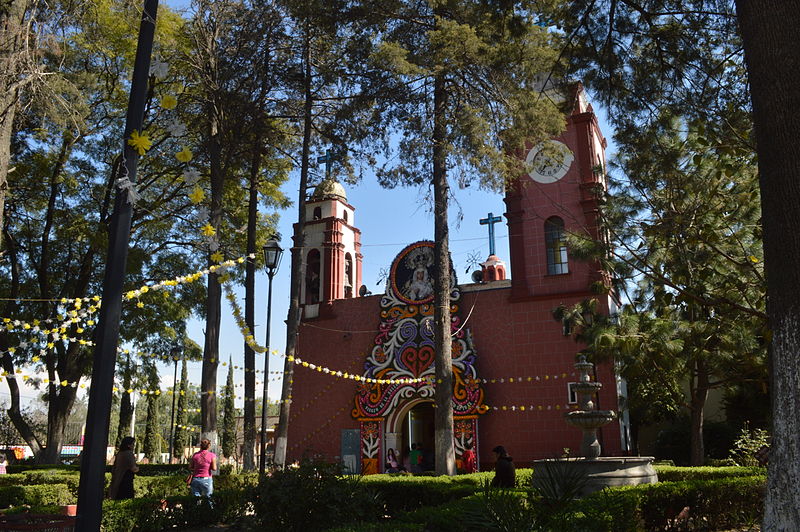
San Juan Ixtayopan is one of the seven original towns of Tláhuac. On the northeast slope of the Teuhtli volcano, the town used to be on the very shore of the Chalco lake. The remains of an agricultural village have been dated to 1200 BCE. Today a rich olive growing area, the first trees are said to have been planted in 1531.
The Nahuatl name, “Ixtayopan,” has been translated as “place of white earth,” and “place on the salt. The location determined the way of life here: greatly influenced by the lake, as a fishing village. This later developed into the rich agricultural system, based on chinampas, of the Xochimilca people, although the original settlement was a largely Chichimeca settlement. It later became an important Nahua settlement with many prominent families living here.
San Juan Ixtayopan was famously the site numerous battles and skirmishes between federal troops and the Zapatista army. The entire region is said to have been in a state of near constant anxiety for the length of the war. Fighting lasted until practically the end of the conflict in 1920.
San Juan Ixtayopan is also famous in Tláhuac for its colored sawdust mats put down in the streets at Easter time. Resident gather at dawn on Easter to walk the streets fantastically adorned in sawdust.
The San Juan Bautista Church was begun in the 17th century and completed in two phases. The vault and bell tower are from the first period, the rest of the building and the clock were added in the 18th century. Inside, one of the most outstanding features is the golden altarpiece carved in wood. It’s widely considered one of the most admired in Milpa Alta.
As the main town church though, this one has long played second fiddle to the Chapel to the Virgin of Solitude. The chapel is just south on Rio Ameca. Often venerated in the state of Puebla, it’s said that around the year 1770, a pilgrimage from the town of San Miguel Topilejo (in today’s Tlalpan) stopped in San Juan Ixtayopan. They are said to have brought an old canvas bearing the image of the Virgen de la Soledad. It emanated a pleasant aroma, and was in fact restored. The image remained in San Juan Ixtayopan and pilgrims from Puebla were invited to continue visiting it each year on January 3.
 +52 55 5848 4016
+52 55 5848 4016
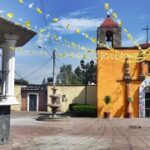
Nearest at 0.38 kms.
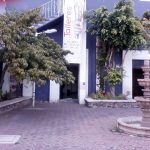
Nearest at 0.46 kms.
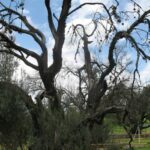
Nearest at 1.37 kms.
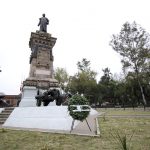
A classic Mexico City park that's also host to ongoing dance and musical events...
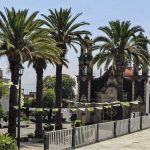
One of Villa Milpa Alta's most ornately decorated...
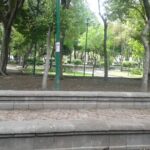
A historic city park hides a dark past...
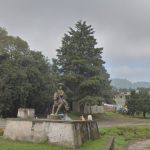
A monument along the bikeway takes on new meaning for cyclists heading to Morelos.